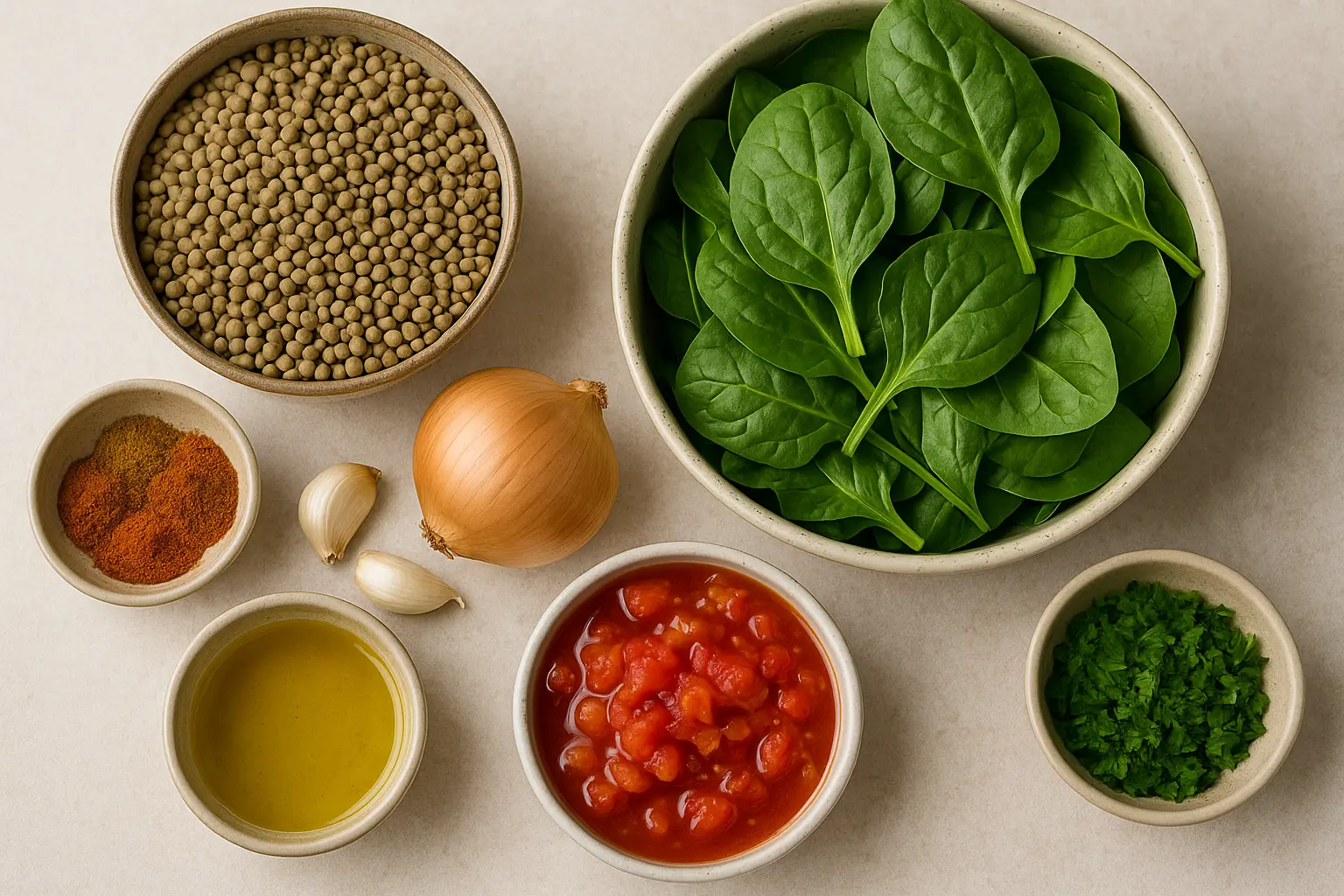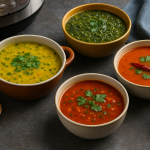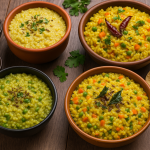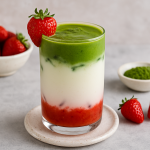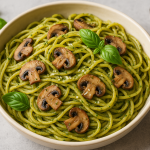A Vegan, Gluten-Free, and Soul-Warming Thai Classic
When it comes to comfort food, few dishes can rival the soothing warmth and aromatic richness of Thai Coconut Lemongrass Soup. This beloved Thai classic — known in Thai cuisine as Tom Kha — is the perfect marriage of creamy coconut milk, tangy lime, zesty lemongrass, and gentle spice. Whether you’re vegan, gluten-free, or simply craving something nourishing and fragrant, this soup ticks every box.
In this in-depth guide, we’ll walk through everything you need to know to make an authentic Thai Coconut Lemongrass Soup at home — from the essential ingredients and cooking steps to clever variations and tips for getting the flavour balance just right.
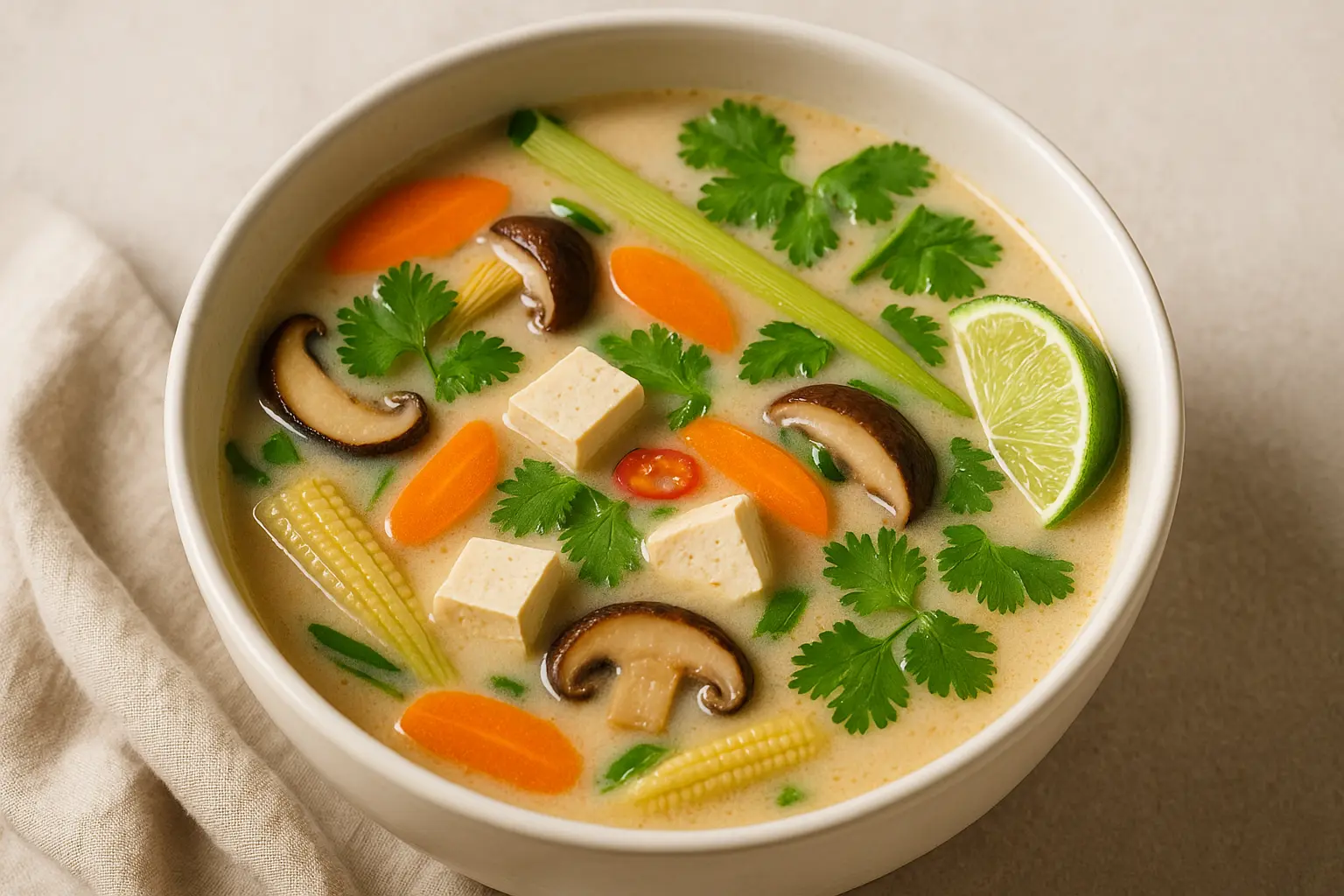
🥥 What Is Thai Coconut Lemongrass Soup?
At its heart, this soup is all about balance — creamy and tangy, spicy yet soothing. Traditional Thai Coconut Lemongrass Soup (Tom Kha) uses coconut milk as the base, flavoured with lemongrass, galangal (a cousin of ginger), kaffir lime leaves, and Thai chilies. The result is an aromatic broth that’s both comforting and refreshing.
Classic versions often feature chicken (Tom Kha Gai), but our vegan Thai Coconut Lemongrass Soup swaps in vegetables, mushrooms, or tofu for a plant-based twist that’s just as satisfying.
This soup’s appeal lies in its versatility — it’s perfect as a light meal, an elegant starter, or even as a healing bowl when you’re under the weather.
🌿 Key Ingredients You’ll Need
Let’s take a closer look at the essential ingredients that give this soup its distinctive Thai flavour profile.
1. Coconut Milk
The soul of this dish. Choose full-fat coconut milk for a rich, velvety texture. The creaminess balances out the tang and spice beautifully.
2. Lemongrass
The defining ingredient. Lemongrass brings a citrusy brightness that cuts through the richness of the coconut milk.
Tip: Smash the stalks before simmering to release the oils.
3. Galangal or Ginger
Traditionally, Thai cooks use galangal, which has a sharper, more peppery bite than ginger. If unavailable, ginger works well as a substitute.
4. Kaffir Lime Leaves
These fragrant leaves add a floral, citrusy aroma that instantly transports you to Thailand. You can find them fresh or frozen at Asian grocers.
5. Vegetable Broth
Use a light, clear broth as your base to let the herbs shine. Homemade or low-sodium store-bought broth both work.
6. Tofu or Mushrooms
Firm tofu adds protein and texture, while mushrooms (like oyster or shiitake) bring umami depth. You can also use both.
7. Thai Chilies
These tiny but mighty chilies bring the heat. Adjust the quantity depending on your spice tolerance.
8. Lime Juice
Fresh lime juice gives the soup its signature tangy finish. Never skip this step.
9. Soy Sauce or Tamari
Adds a savoury note and depth of flavour. Use tamari to keep it gluten-free.
10. Fresh Herbs
Coriander (cilantro) and Thai basil provide that final aromatic lift right before serving.
🍲 Step-by-Step Instructions
Step 1: Prepare the Aromatics
Peel and smash the lemongrass stalks, slice the galangal (or ginger), and tear the kaffir lime leaves to release their oils. These will form your flavour base.
Step 2: Infuse the Broth
In a large pot, bring the vegetable broth to a gentle simmer. Add lemongrass, galangal, and lime leaves. Let them steep for about 10–15 minutes until the broth becomes fragrant.
Step 3: Add Coconut Milk
Pour in the coconut milk and stir gently to combine. Keep the heat low to avoid curdling. The kitchen will soon fill with that irresistible coconut-lemongrass aroma.
Step 4: Add Vegetables and Tofu
Add sliced mushrooms, tofu cubes, and any other vegetables like baby corn, carrots, or bok choy. Let them cook until tender — about 8–10 minutes.
Step 5: Season the Soup
Stir in soy sauce (or tamari), a pinch of salt, and Thai chilies. Taste and adjust to your liking — add more lime juice for tang, more soy for savouriness, or a little chili for extra heat.
Step 6: Finish with Fresh Herbs
Remove from heat and stir in fresh coriander and Thai basil. Ladle into bowls and garnish with lime wedges or sliced spring onions.
🕰 Cooking Tips for Perfect Balance
- Don’t boil the coconut milk — gentle heat keeps it smooth and creamy.
- Smash the lemongrass before adding it to release its essential oils.
- Adjust the sour-salty-sweet balance: add a pinch of sugar if it tastes too sour, or more lime if too rich.
- Add chilies early for deeper heat, or later for a fresher, lighter spice.
- Strain the broth if you prefer a smoother soup texture without lemongrass or lime leaf bits.
🍛 Serving Suggestions
Thai Coconut Lemongrass Soup pairs beautifully with:
- Steamed jasmine rice or sticky rice
- Rice noodles for a more filling bowl
- Spring rolls or papaya salad as a starter
- A side of crispy tofu for added protein
This soup can be enjoyed as a light main dish or served as part of a larger Thai-inspired meal.
🧑🍳 Variations to Try
One of the best things about this recipe is its adaptability. Here are a few delicious twists:
1. Spicy Tom Yum Fusion
Add a spoonful of chili paste (nam prik pao) and a touch of tamarind for a tangier, spicier broth.
2. Creamy Vegetable Tom Kha
Include broccoli, zucchini, and baby spinach for extra nutrients and colour.
3. Protein Boost
Use tempeh or edamame for a heartier, high-protein version.
4. Noodle Soup Version
Add cooked rice noodles and top with fried shallots for a comforting one-bowl meal.
5. Coconut Curry Twist
Mix in a spoonful of red curry paste and a splash of coconut cream for a bolder, richer soup.
🌱 Nutritional Benefits
This vegan and gluten-free soup isn’t just delicious — it’s also packed with nutrition:
| Ingredient | Benefit |
|---|---|
| Coconut Milk | Healthy fats, boosts satiety |
| Lemongrass | Aids digestion, anti-inflammatory |
| Ginger/Galangal | Boosts immunity and reduces nausea |
| Mushrooms | Rich in antioxidants and B vitamins |
| Lime Juice | High in vitamin C and adds alkalinity |
| Coriander/Basil | Supports detoxification and digestion |
This makes the Thai Coconut Lemongrass Soup not just a treat for your taste buds but also a nourishing bowl of wellness.
🧊 Storage and Reheating Tips
- Refrigerate: Store leftovers in an airtight container for up to 3 days.
- Freeze: The soup freezes well for up to 2 months, but note that coconut milk can separate slightly upon thawing — just stir well before reheating.
- Reheat: Warm gently on the stovetop over low heat; avoid boiling to maintain creaminess.
Pro Tip: If reheating from frozen, thaw in the fridge overnight before warming.
🕉 Cultural Roots of Tom Kha
Tom Kha translates roughly to “boiled galangal.” Originating in central Thailand, this soup reflects Thailand’s culinary philosophy — balance and harmony. The interplay of sweet, sour, salty, and spicy notes in one bowl is a signature of Thai cuisine.
It’s traditionally served as part of a larger meal, alongside rice and several small dishes, representing communal dining — a cornerstone of Thai culture.
🌸 Why You’ll Love This Recipe
- Completely Plant-Based: 100% vegan and gluten-free.
- Quick and Easy: Ready in under 30 minutes.
- Versatile: Works as an appetiser or a full meal.
- Authentic Thai Flavours: Captures the essence of Southeast Asia in every spoonful.
- Comforting & Healing: Ideal for cold days or when you need a warm pick-me-up.
🧾 Ingredient Substitutions
If you don’t have access to traditional Thai ingredients, here are some easy swaps:
| Original Ingredient | Substitute |
|---|---|
| Galangal | Fresh ginger |
| Kaffir Lime Leaves | Lime zest or a few drops of lime juice |
| Thai Chilies | Serrano or bird’s eye chilies |
| Tamari | Soy sauce (for non-gluten-free) |
| Thai Basil | Regular basil or mint |
These alternatives ensure that you can make this soup anywhere in the world while still preserving its Thai essence.
🍽 Step-by-Step Recap (Quick Guide)
- Simmer aromatics (lemongrass, galangal, lime leaves) in broth.
- Add coconut milk and stir gently.
- Add vegetables, tofu, and seasonings.
- Simmer till tender, then finish with lime juice and herbs.
- Serve hot with jasmine rice or noodles.
🕯 Perfect for Every Occasion
This Thai Coconut Lemongrass Soup fits beautifully into many settings:
- Weeknight Dinners: Quick and wholesome.
- Dinner Parties: A fragrant starter that impresses guests.
- Detox Days: Light and cleansing after heavy meals.
- Monsoon Evenings: The warmth and aroma make it an instant comfort.
🧘♀️ A Comfort Food with Purpose
What makes this soup truly special is its calming, almost therapeutic quality. The warmth of the coconut milk soothes the body, while the lemongrass and lime refresh the senses. It’s not just a meal — it’s a gentle reminder to slow down, savour, and reconnect with your body.
💡 Expert Tips for Home Cooks
- Use fresh herbs and aromatics for the best flavour — dried ones don’t do justice.
- If your soup tastes flat, add more acid (lime juice) instead of salt.
- For richer texture, stir in a tablespoon of coconut cream at the end.
- To make it oil-free, skip sautéing and simmer directly in broth.
🥢 Pairing Ideas
Serve with:
- Thai Sticky Rice or Jasmine Rice
- Cucumber Salad with rice vinegar dressing
- Thai Spring Rolls
- Mango Sticky Rice for dessert
❤️ Final Thoughts
The beauty of Thai Coconut Lemongrass Soup lies in its simplicity and its ability to comfort, heal, and delight — all at once. Each spoonful carries the essence of Thai cooking: freshness, balance, and joy.
Whether you’re cooking for yourself or sharing with loved ones, this soup will warm both your body and your heart. It’s the perfect example of how humble ingredients can create something extraordinary.
Leave a comment
Your email address will not be published. Required fields are marked *




